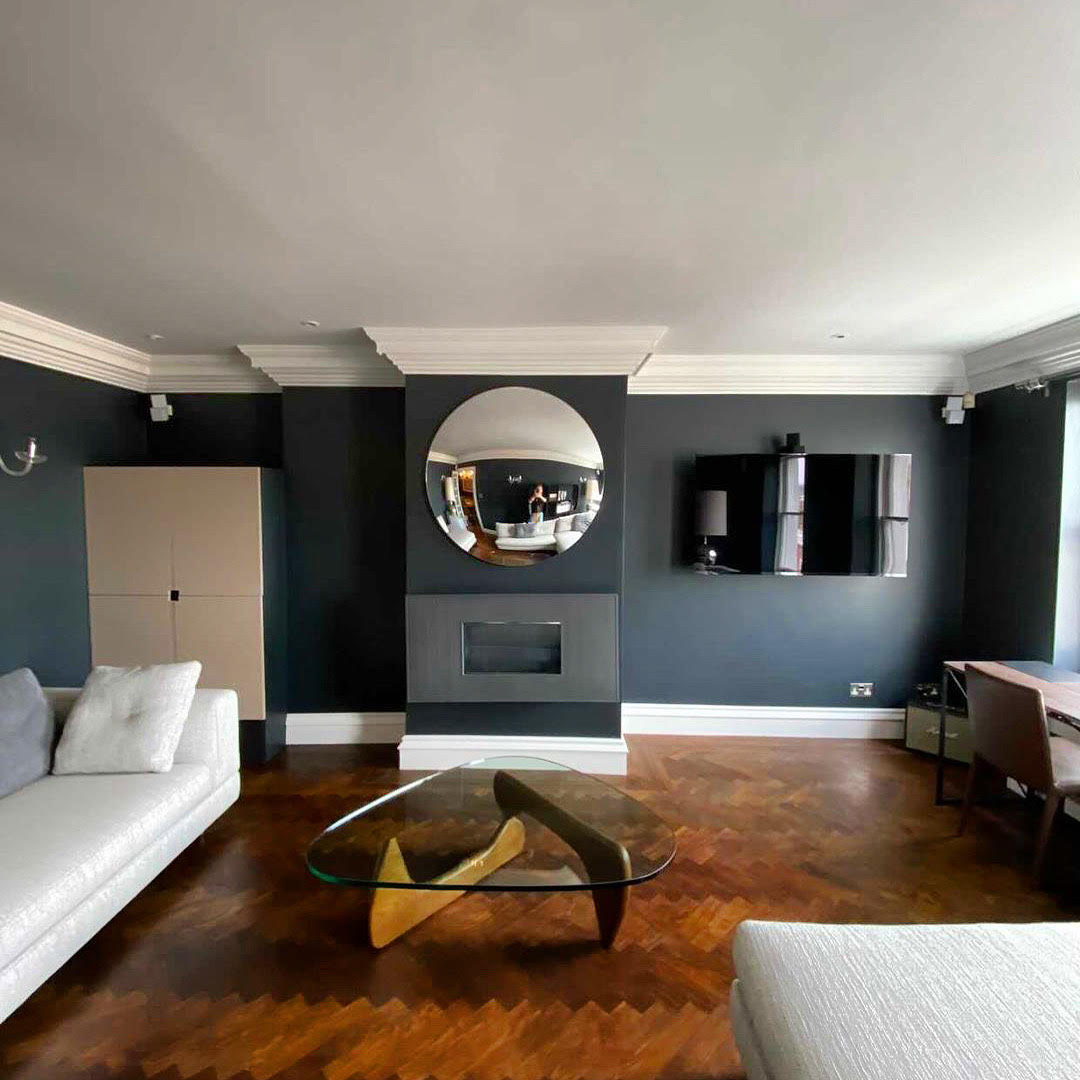Creating a brighter home doesn’t always mean adding new windows or installing complex systems. It’s often about understanding how light interacts with your living spaces and making small but effective changes. Whether you’re working with natural sunlight or adding artificial lighting, thoughtful decisions can completely transform the look and feel of your rooms.
This guide walks you through simple, actionable ways to brighten your home effectively. From using mirrors to choosing the right light fixtures, these tips are designed to help you create a more inviting and visually appealing space.
Table of Contents
Reflections on Light: Brightening Your Home
Simple Ways to Brighten Your Home Effectively
Simple Ways to Brighten Your Home Effectively
Here are the following ways to keep your home bright with the help of The Convex Mirror Company. We give simple tips and tricks to make your home a pleasant experience.
1. Reflect Natural Light with Mirrors
Consider incorporating a silver convex mirror stilo into your design. This decorative element adds style and function by enhancing the room’s brightness while serving as a striking focal piece.
2. Use Light-Colored Walls and Ceilings
Colour plays a significant role in how light interacts with a room. Light-colored walls, especially whites or pastels, reflect more light than darker shades. Similarly, a bright white ceiling creates the illusion of height and openness.
If repainting isn’t an option, you can introduce light-coloured accents like wall art, rugs, or furniture to achieve a similar effect. These subtle touches help bounce light around the room, making it feel more expansive.
3. Maximize Window Light with Sheer Curtains
Heavy, dark curtains can block natural light from entering a room. Replacing them with sheer or lightweight curtains allows sunlight to flow freely while maintaining privacy. Transparent materials diffuse light gently, creating a softer, more welcoming glow.
Alternatively, leaving windows completely uncovered can work well in private or less visible areas. This approach ensures that nothing stands between your room and the natural light it needs.
4. Layer Your Artificial Lighting
Layering artificial lighting is essential to complement natural light. Combining ambient, task, and accent lighting ensures your home remains bright and functional throughout the day.
- Ambient lighting provides general illumination, typically from ceiling fixtures or recessed lights.
- Task lighting focuses on areas such as reading nooks or kitchen counters.
- Accent lighting highlights décor or architectural features, adding visual interest.
Mixing these three types of lighting creates a balanced, well-lit space that feels cohesive and comfortable.
5. Keep Windows and Light Fixtures Clean
Dirt and dust can significantly reduce the amount of light that enters a room or is emitted by a fixture. Regularly cleaning windows ensures that sunlight can pass through freely. Similarly, wiping down light bulbs and shades can enhance the brightness of artificial lights.
Though often overlooked, this simple habit makes a noticeable difference in how well-lit your home feels.
6. Add Reflective Surfaces to Décor
Beyond mirrors, incorporating other reflective materials can help distribute light throughout a room. Glossy finishes on furniture, metallic accents, and glass elements are excellent ways to reflect natural and artificial light.
For example, a glass coffee table or metallic lamp base can catch light and subtly brighten your space. Reflective accessories are functional and visually appealing, making them a brilliant addition to any design scheme.
7. Choose the Right Light Fixtures
Light fixtures aren’t just functional; they’re also an opportunity to enhance your home’s style while brightening the space. When selecting fixtures, consider their placement and design:
- Pendant lights can create a focal point in dining or living areas.
- Wall sconces provide upward or downward lighting to minimise shadows.
- Chandeliers add elegance and diffuse light beautifully in larger rooms.
Additionally, using bulbs with appropriate colour temperatures can make a big difference. For most living spaces, warm white or daylight bulbs (between 3000K and 5000K) work best, offering a natural yet inviting glow.
8. Incorporate Skylights or Solar Tubes
If your home has limited access to natural light, installing skylights or solar tubes can bring in additional sunlight. Skylights provide direct overhead light, brightening rooms during the day, while solar tubes channel sunlight through reflective tubes into areas like hallways or bathrooms.
These additions are beneficial in spaces where traditional windows aren't an option. They increase brightness and reduce reliance on artificial lighting, saving energy in the long run.
What’s Next?
Brightening your home doesn’t require significant renovations or expensive upgrades. With small, thoughtful changes like adding mirrors, layering lighting, and choosing the right colours, you can create a space that feels open, airy, and welcoming. The right combination of natural and artificial light not only enhances the beauty of your home but also improves its functionality.
Experimenting with these techniques can inspire new ways for homeowners and design enthusiasts to transform interiors. Explore elegant, light-enhancing décor and mirrors from The Convex Mirror Company to find pieces that elevate style and brightness in your living space. Contact us today to learn more about your options to brighten your home!

